1. Geographical perception England History Medieval, 5001500. 2. Sacred space England History Medieval, 5001500. 3. Space perception England History Medieval, 5001500. 4. Human geography England History To 1500. 5. English literature Old English, ca. 4501100 History and criticism. 6. Latin literature, Medieval and modern England History and criticism. 7. Geographical perception in literature. 8. Geography in literature. 9. Space perception in literature. 10. England Civilization To 1500. I. Title. II. Series: Toronto Anglo-Saxon series ; 23
University of Toronto Press acknowledges the financial assistance to its publishing program of the Canada Council for the Arts and the Ontario Arts Council, an agency of the Government of Ontario.
Acknowledgments
Many people have helped to make this book a reality, and I am pleased to express my gratitude in print at last. My heartfelt thanks go to Katherine OBrien OKeeffe and Rebecca Stephenson for their help through many conversations, draft proposals, and draft chapters. Their suggestions and encouragement were invaluable. Laura Runge also gave me much useful feedback and support. Jack Niless invitation to speak at Other Peoples Thinking: Language and Mentality in England before the Conquest, Institute for Research in the Humanities, University of Wisconsin Madison (1718 April 2009) both enabled and forced me to pull together some of the strands of the study. I am grateful to the English Department draft group at the University of South Florida, and particularly to Tova Cooper and Michael Clune, who first organized it; and to the USF Medieval and Renaissance Colloquium, especially its organizers, Heather Meakin and Jay Zysk. I deeply appreciate the careful readings of my manuscript done by the anonymous readers for the University of Toronto Press, who helped me widen the books appeal and strengthen the whole manuscript. Suzanne Rancourt at the Press has been helpful and encouraging since I introduced myself to her at a conference. I thank John St James for his careful copy-editing. I wish I had space enough and a memory sufficient to thank all the participants at conferences and the two groups at my university who pointed me down new roads, saved me from errors, and made me see more than I otherwise would have. I have thanked a few individuals in footnotes to particular places where I remember they helped, and I ask pardon of those whose assistance I have forgotten.
Institutional support has allowed this book to be completed and published. I thank the Humanities Institute at the University of South Florida for a grant in Summer, 2005, to work in the Bodleian Library at the University of Oxford, and the USF College of Arts and Sciences for a travel award in 2007 to present at the biennial meeting of the International Society of Anglo-Saxonists in London that year. A Lindsay Young Visiting Faculty Fellowship at the Marco Institute for Medieval and Renaissance Studies, University of Tennessee, Knoxville, in July 2014 helped me complete research on the book, particularly in their excellent John C. Hodges Library. The USF Library has been wonderful to me, especially Melanie Griffin, who helped with acquisitions and problems with resources; and the hard-working staff of Interlibrary Loan, who obtained articles and books for me from literally around the globe. Many thanks to Hunt Hawkins, the USF English Department, and the USF Publications Council for a subvention to make this book possible. Thanks to the British Library; the president and fellows of St Johns College, the University of Oxford; the Bodleian Library; and Oxford Imaging Services for permissions and the image used in the cover and frontispiece. I also thank the Arizona Center for Medieval and Renaissance Studies press for permission to reuse material from my chapter A Map of the Universe: Geography and Cosmology in the Program of Alfred the Great, which originally appeared in Conversion and Colonization in Anglo-Saxon England, ed. Catherine E. Karkov and Nicholas Howe, Essays in Anglo-Saxon Studies 1 (2006), 83108; portions appear here heavily revised, primarily in the second and third chapter.
My deepest gratitude goes to family. My parents, Paul and Valerie Guenther, have always supported me in my love for the people and writings of the past. Dad, Im sorry you did not get to see the final book. My husband, Joe, has talked through this project with me for over a decade. He asked many good questions and knows my subjects so well that he is frequently mistaken for a medievalist, despite being a mathematician in real life. My daughter Catherine has gone from preschool to high school in the time I worked on this study, and I am glad to share this space and place with her. All remaining errors are, of course, my own.
Abbreviations
ASCCE The Anglo-Saxon Chronicle: A Collaborative Edition, ed. David Dumville and Simon Keynes
ASEAnglo-Saxon England
ASPRAnglo-Saxon Poetic Records
Bosworth-Toller Joseph Bosworth, An Anglo-Saxon Dictionary; and T. Northcote Toller, Supplement
CCSLCorpus Christianorum, Series Latina
Corpus The Dictionary of Old English Corpus on the World Wide Web
CSASE Cambridge Studies in Anglo-Saxon England
Dialogues Wrferth, Dialogues
DMLBS Dictionary of Medieval Latin from British Sources
DOE Dictionary of Old English: A to G online
DNR Bede, De natura rerum
Douay-RheimsThe Challoner Revision of the Douay-Rheims Bible
DTA lfric, De temporibus anni
DTR Bede, De temporum ratione
EETS Early English Text Society
Ench Byrhtferth, Enchiridion
FontesFontes Anglo-Saxonici
Int Sig lfric, Interrogationes Sigeuulfi
JEGP Journal of English and Germanic Philology
Klaeber 4 Klaebers Beowulf and the Fight at Finnsburg
Lewis and ShortCharlton T. Lewis and Charles Short, A Latin Dictionary
NM Neuphilologische Mitteilungen
ns new series
N&Q Notes and Queries
OE Old English
OEDThe Oxford English Dictionary
os original series
PBAProceedings of the British Academy
ss supplementary series

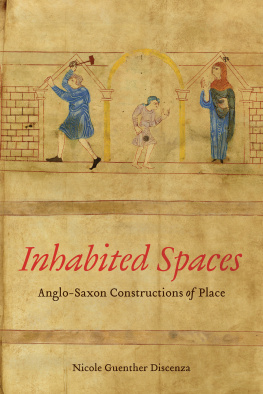
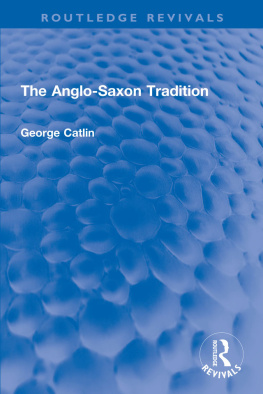
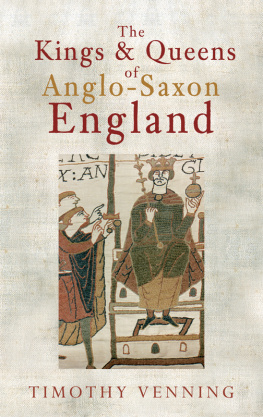

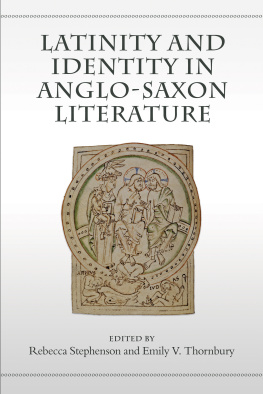
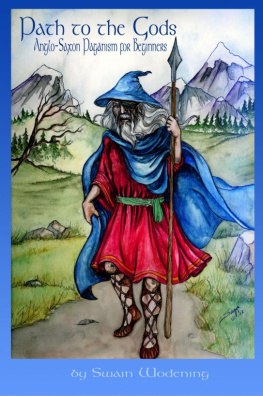
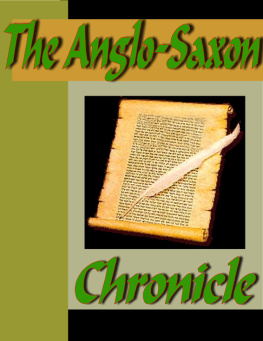
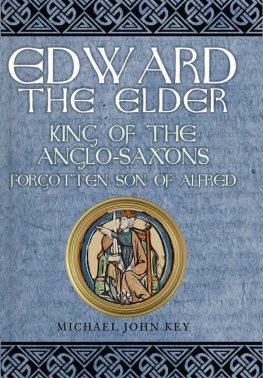


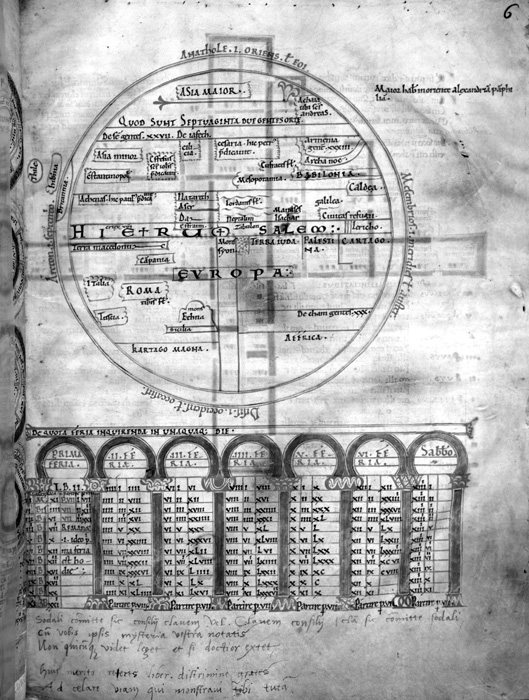
 Printed on acid-free, 100% post-consumer recycled paper with vegetable-based inks.
Printed on acid-free, 100% post-consumer recycled paper with vegetable-based inks.